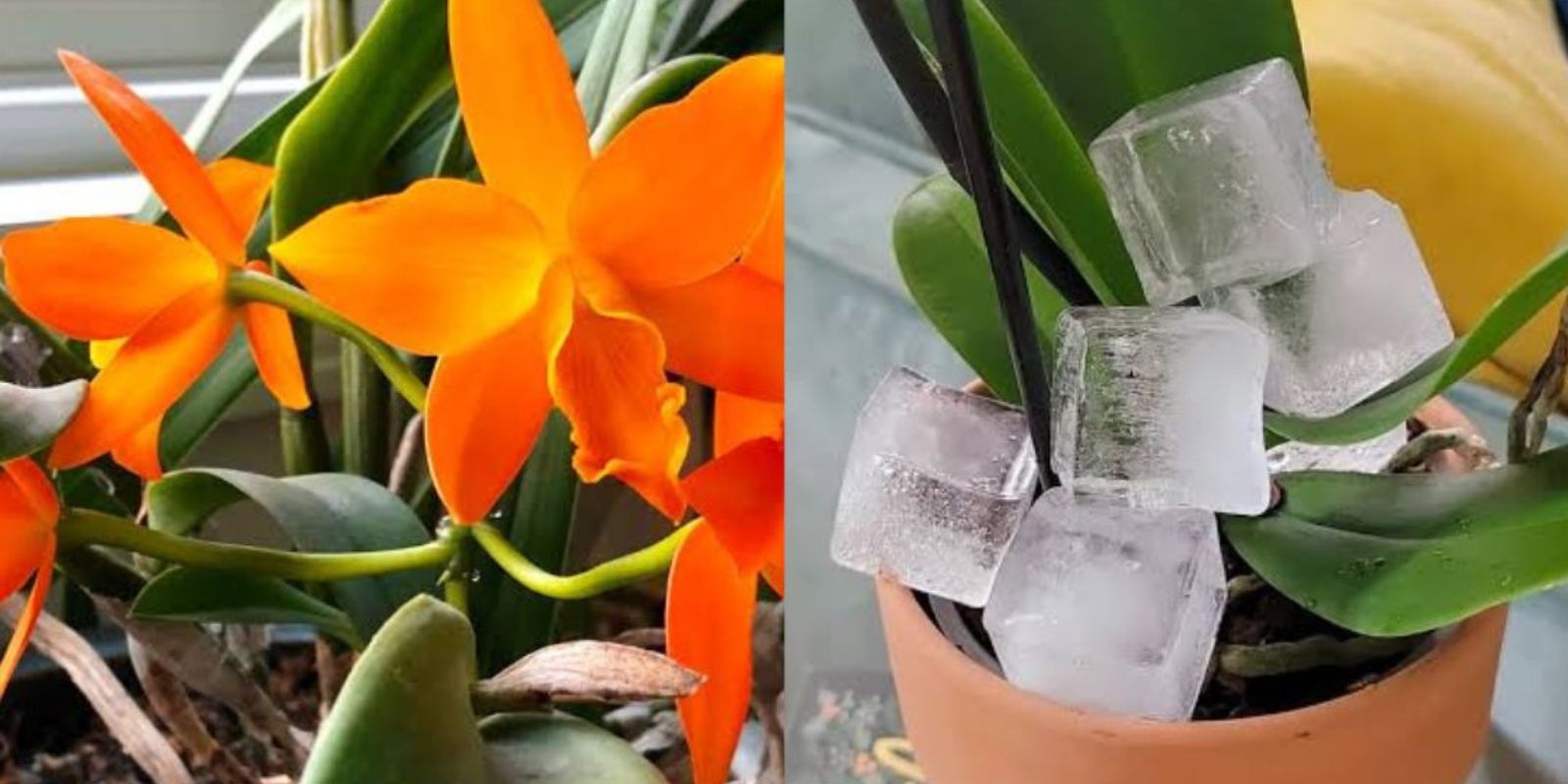Orchids, with their delicate beauty and vibrant colors, are often seen as the crown jewels of houseplants. While they naturally bloom in their growing season, achieving vibrant blossoms in winter can be a challenge for many gardeners. However, with the right care and attention, it is possible to make your orchid bloom even during the colder months. This guide provides detailed steps and practical tips to ensure your orchid thrives and blossoms year-round.
Understanding Orchids and Their Blooming Cycle
Before diving into winter-specific care, it’s essential to understand the natural growth and blooming cycle of orchids. Orchids typically bloom once a year, with flowers lasting several weeks or even months. Many species, such as the popular Phalaenopsis (moth orchid), can rebloom under the right conditions. Winter blooming requires recreating the tropical environment orchids love, with just the right tweaks to encourage flowering during the dormant months.
Steps to Make Your Orchid Bloom in Winter
1. Provide Sufficient Light
Light is the most critical factor for orchids to bloom. In winter, the natural light levels drop, which can slow down the plant’s growth and flowering. To combat this:
- Choose the right location: Place your orchid near a south-facing or east-facing window to maximize sunlight exposure.
- Supplement with grow lights: If natural light is insufficient, use full-spectrum LED grow lights. Position the light 12-18 inches above the plant and keep it on for 10-12 hours daily.
2. Mimic a Temperature Drop
Many orchids, such as Phalaenopsis, require a temperature difference between day and night to trigger blooming. This simulates the cooler nights they experience in their natural habitat.
- Keep daytime temperatures around 70°F-75°F (21°C-24°C) and nighttime temperatures around 60°F-65°F (15°C-18°C).
- To achieve this, place your orchid in a cooler room at night or slightly open a window to lower the temperature.
3. Control Watering
Orchids are sensitive to overwatering, especially in winter when growth slows. Adjust your watering routine to avoid root rot while still keeping the plant hydrated.
- Water sparingly, about once every 7-10 days. Allow the potting medium to dry out slightly between waterings.
- Use lukewarm water and avoid letting water sit in the crown of the plant, as this can cause rot.
4. Fertilize Regularly but Lightly
Orchids need nutrients to produce flowers. In winter, use a balanced orchid fertilizer (20-20-20) to encourage blooming.
- Fertilize every two weeks at half the recommended strength.
- Once flower spikes appear, reduce feeding and focus on maintaining stable conditions for the buds to develop.
5. Maintain Humidity Levels
Orchids thrive in humid environments, typically 50-70%. Winter air is often dry due to indoor heating, so it’s important to increase humidity around your orchid.
- Use a humidity tray: Place your orchid pot on a tray filled with pebbles and water. Ensure the pot does not sit directly in the water.
- Mist the plant daily but avoid wetting the flowers, as this can cause spots or fungal issues.
- Group plants together to create a micro-humid environment.
6. Prune and Care for Spent Flower Spikes
If your orchid has bloomed previously, pruning is essential for encouraging new flower spikes.
- After the flowers fade, assess the flower spike (stem).
- If it’s green and healthy, cut it back to just above a node (a small bump on the stem). This can encourage side spikes to grow.
- If it’s brown and dry, cut it back to the base of the plant.
- Sterilize your pruning shears to prevent the spread of disease.
7. Repot if Necessary
Repotting isn’t always necessary during winter but can benefit orchids that haven’t been repotted in over two years. Repotting provides fresh potting medium and improves aeration around the roots.
- Use a well-draining orchid mix made of bark, sphagnum moss, or coconut husks.
- Avoid repotting orchids in full bloom, as it can stress the plant.
Additional Tips for Winter Orchid Care
- Monitor for Pests: Orchids can attract pests such as mealybugs and scale insects, especially indoors. Inspect leaves and stems regularly, and use insecticidal soap or neem oil to address infestations.
- Avoid Drafts: Keep your orchid away from cold drafts, heaters, and vents, as sudden temperature changes can stress the plant and affect blooming.
- Patience is Key: Orchids may take weeks or even months to form flower spikes and buds. Consistent care will eventually reward you with stunning blooms.
Common Mistakes to Avoid
- Overwatering: This is the number one reason orchids fail to thrive. Always check the potting medium before watering.
- Insufficient Light: Orchids won’t bloom without adequate light. If your plant only produces leaves and no flowers, it’s likely due to low light levels.
- Ignoring Temperature Needs: The nighttime temperature drop is crucial for triggering blooms. Without it, the plant may remain dormant.
- Skipping Fertilizer: Orchids need nutrients to bloom. A lack of fertilizer can result in weak or absent flowers.
Why Orchids Make the Perfect Winter Bloomers
Orchids add elegance and beauty to any indoor space, and their blooms can last for months with proper care. They are also highly rewarding plants for gardeners who enjoy a challenge. With the right environment and attention to detail, you can make your orchid bloom even during the dreariest months of the year.
Conclusion: Nurture Your Orchid to Full Winter Glory
Making an orchid bloom in winter requires attention to its unique needs, but the effort is well worth it. By providing adequate light, maintaining the right temperature and humidity levels, and following a consistent care routine, you can enjoy stunning flowers year-round.
💬🌸 Have you tried these tips to make your orchid bloom in winter? Share your experiences or ask questions in the comments—let’s keep our orchids thriving together!
🌿 #OrchidCare #WinterGardening #BloomingOrchids #IndoorPlants #GardeningTips

